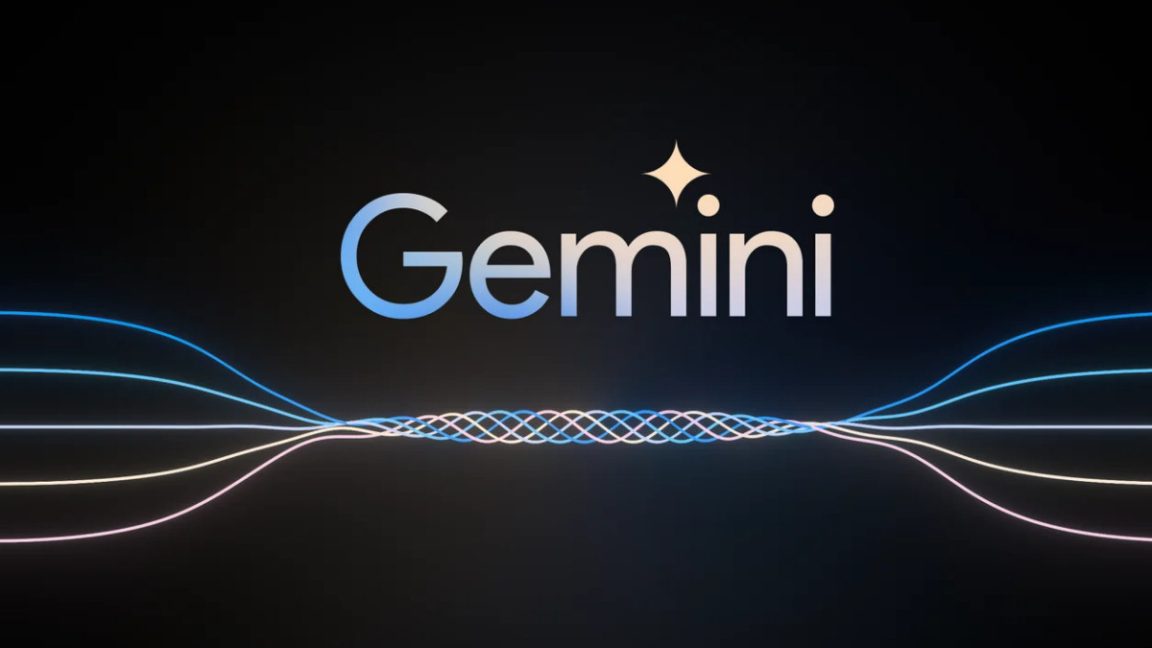www.digitaltrends.com
Table of ContentsTable of ContentsNCAA Mens Basketball: Storylines to follow leading into March MadnessNCAA Mens Basketball Schedule: Games to watchWatching college basketball with Sling TVWith the NFL season over, the sports world now moves to basketball. While the NBA still has multiple months before they crown a champion, college basketball is one month away from March Madness, the greatest tournament in sports. 68 teams will play in the NCAA Tournament, which starts on March 18. Fans will get a small taste of tournament action when teams conduct their conference tournaments at the beginning of the month.The 2024-2025 season does not have a clear favorite to cut down the nets. Last season, UConn dominated the competition on their way to a sixth national title. In 2025, Auburn, Alabama, and Duke have consistently stayed near the top of the polls, but all three teams have their flaws. These next few weeks in February will go a long way in determining seeding on Selection Sunday.Recommended VideosBefore conference tournaments begin, check out our March to the Madness preview, which highlights the top storylines and games for the rest of February.RelatedPhil Nickinson / Digital TrendsAfter dominating football for the last 15 years, the SEC is now the top conference in college basketball. Nine SEC teams are in Week 15s AP Top 25 Mens College Basketball Poll, including five in the top 10. The top two spots belong to Auburn and Alabama, who will make history on February 15 when they become the first SEC teams ranked No. 1 and No. 2 to face each other. Bruce Pearl and Auburn are looking to return to the Final Four for the first time since 2019, while Nate Oats and Alabama are attempting to return to the Final Four for the second consecutive season.Florida, Tennessee, and Texas A&M are the other SEC schools in the top 10 for Week 15. The Gators are a team that has big wins over Auburn and Tennessee. After a first-round exit in 2024, Todd Goldens Gators can make some noise in this years tournament behind a trio of guards Walter Clayton Jr., Alijah Martin, and Will Richard.Before losing to Clemson on February 8, the Duke Blue Devils had won 16 straight games. Duke is led by sensational freshman Cooper Flagg, who leads the Blue Devils in points (19.5), rebounds (7.7), and assists (4.0). Barring an epic collapse or injury, Flagg should become the first freshman since 2019s Zion Williamson to win National Player of the Year. @Cooper_Flagg pic.twitter.com/K0cqvzuWtY Duke Mens Basketball (@DukeMBB) January 8, 2025In the Big 12, five teams including Houston, Arizona, Iowa State, Texas Tech, and Kansas are jockeying for position to win the conference. Houston sits atop the conference for now, but Arizona is knocking on the door, especially after their season came alive thanks to a miraculous half-court shot by Caleb Love. Houston and Arizona play on February 15 for first place in the Big 12.The Big Ten is still Purdues conference to lose thanks to its tandem of Trey Kaufman-Renn and Braden Smith. Michigan State has another scrappy bunch under coach Tom Izzo. Thanks to the addition of freshman Jace Richardson, the Spartans could have aspirations higher than a Sweet 16 appearance. Elsewhere, Wisconsin, Michigan, and Maryland could play spoiler and win next months conference tournament.The surprise team of 2025 is easily St. Johns. The Red Storm entered the top 10 in the AP Poll for the first time since the 1999-2000 season. Rick Pitinos squad went to UConn on February 7 and defeated the defending national champions on their home court. The Red Storm and Huskies will rematch at Madison Square Garden on February 23.Auburn vs. Alabama start time, channel, and live streamDate: February 15, 2025Start Time: 4p.m. ETChannel: ESPNStream: Sling TVDuke vs. Virginia start time, channel, and live streamDate: February 17, 2025Start Time: 8p.m. ETChannel: ESPNStream: Sling TVPurdue vs. Michigan St start time, channel, and live streamDate: February 18, 2025Start Time: 7 p.m. ETStream: PeacockMichigan St vs. Michigan start time, channel, and live streamDate: February 21, 2025Start Time: 8 p.m. ETChannel:FoxStream: Sling TVTennessee vs. Texas A&M start time, channel, and live streamDate: February 22, 2025Start Time: 12 p.m. ETChannel and Stream: TBDOregon vs. Wisconsin start time, channel, and live streamDate: February 22, 2025Start Time: 12 p.m. ETChannel:FoxStream: Sling TVIowa St. vs. Houston start time, channel, and live streamDate: February 22, 2025Start Time: 8p.m. ETChannel: ESPNStream: Sling TVKentucky vs. Alabama start time, channel, and live streamDate: February 22, 2025Start Time: 6p.m. ETChannel: ESPNStream: Sling TVDuke vs. Illinois start time, channel, and live streamDate: February 22, 2025Start Time: 8p.m. ETChannel:FoxStream: Sling TVUConn v. St. Johns start time, channel, and live streamDate: February 23, 2025Start Time: 12p.m. ETChannel:FoxStream:Sling TVHouston vs. Texas Tech start time, channel, and live streamDate: February 24, 2025Start Time: 9p.m. ETChannel: ESPNStream:Sling TVMississippi St. vs. Alabama start time, channel, and live streamDate: February 25, 2025Start Time: 9p.m. ETChannel and Stream: TBDVanderbilt vs. Texas A&M start time, channel, and live streamDate: February 26, 2025Start Time: 7p.m. ETChannel:SEC NetworkStream: Sling TVPhil Nickinson / Digital TrendsMost of the channels listed above can be watched with a cable TV subscription. However, many consumers are electing to cut the cord and sign up for a streaming TV service. With a cheaper cost and no cable box required, why wouldnt anyone explore these streaming options? One of the ideal services that includes college basketball coverage is Sling TV. With Sling TV, users can watch sports, news, and live television for a fraction of the cost of cable.Sling TV offers two plans: Orange at $46 per month and Blue at $51 per month. Sling is offering a 50% discount for the first month. The difference in price affects the number of channels, as Orange features 35 while Blue has 46. Orange features ESPN, a staple in every sports fans household. However, Orange does not include local broadcasts to ABC, Fox, and NBC. The best Sling option is probably to combine Orange and Blue for $66 per month. Consumers can also purchase Sports Extra, which adds popular channels like Big Ten Network, NBA TV, and NFL RedZone.Editors Recommendations










